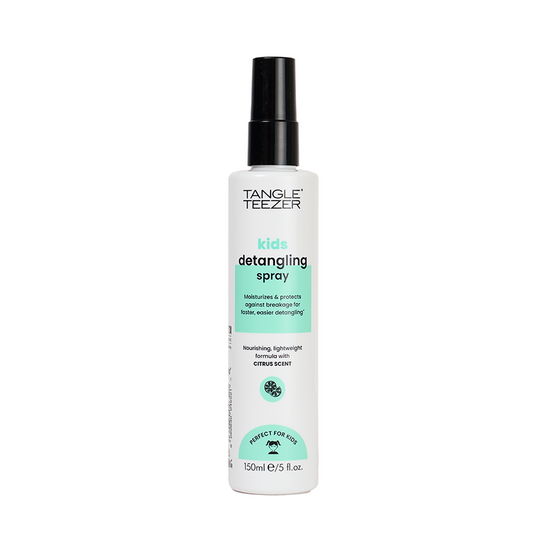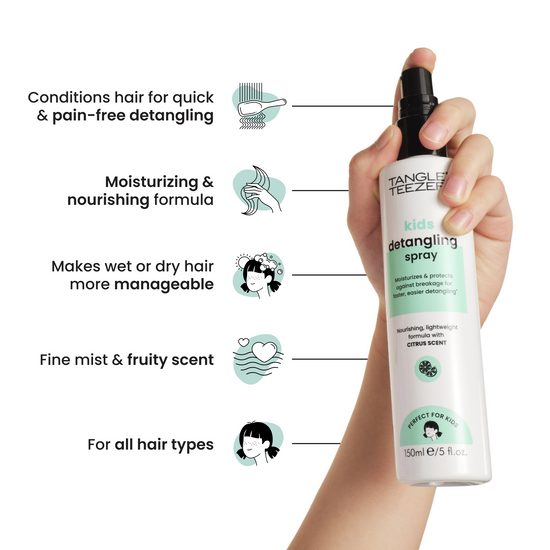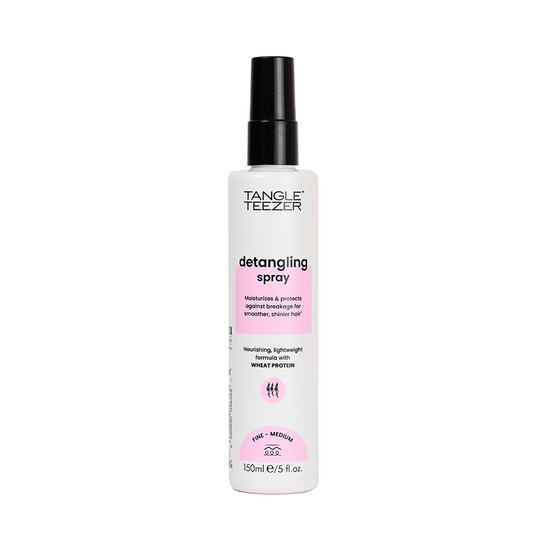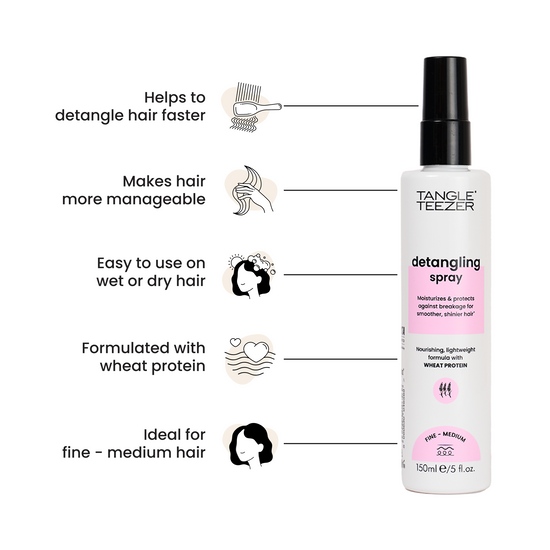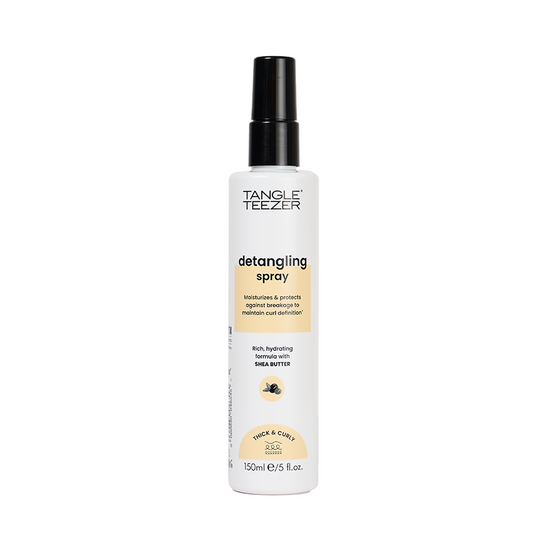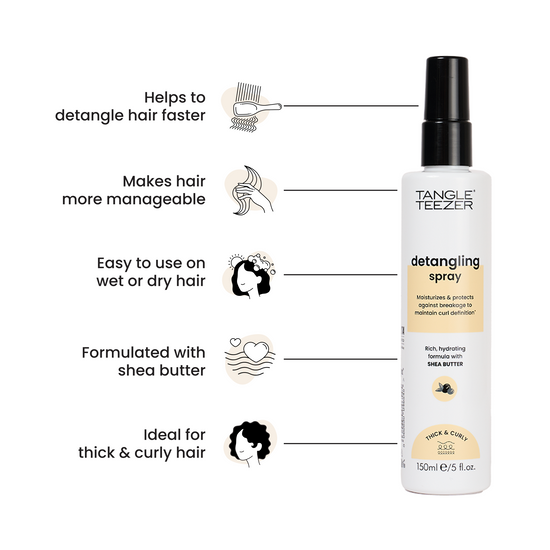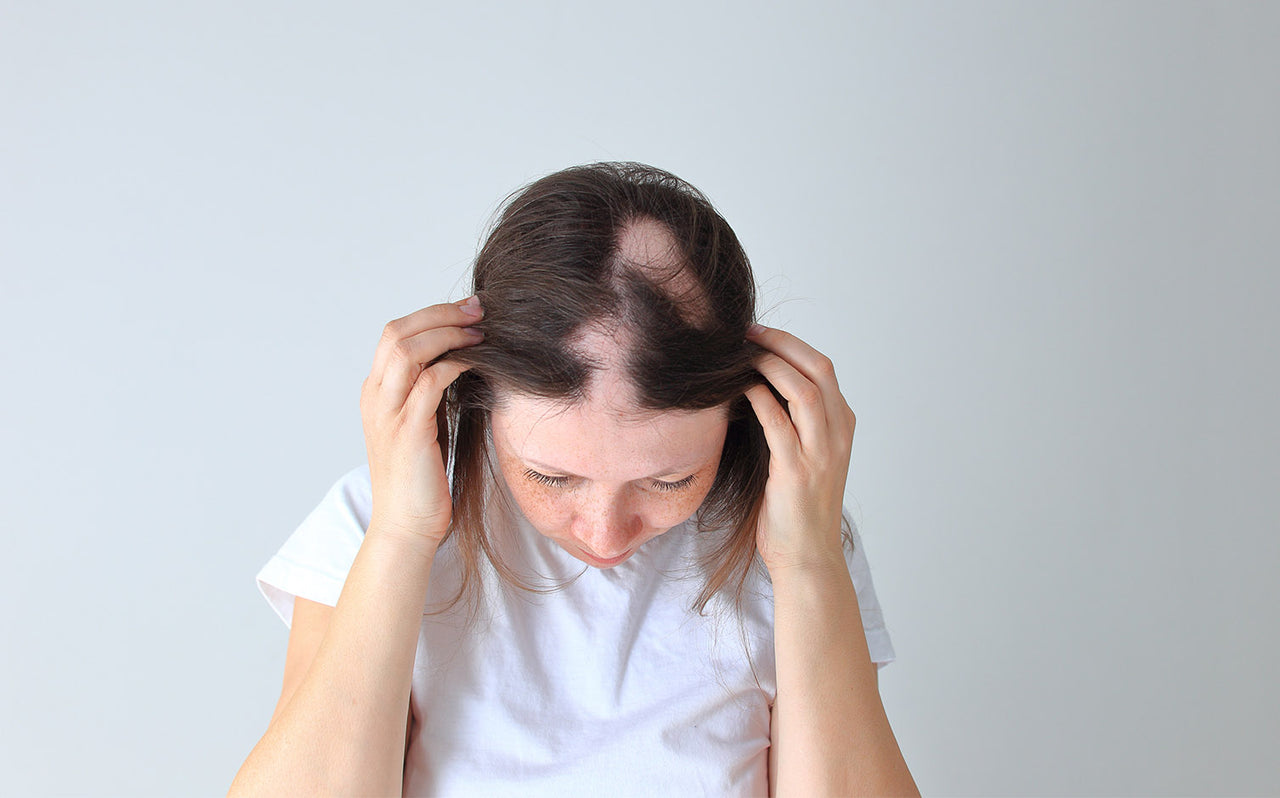Alopecia is a condition that impacts millions of people worldwide - but often it’s still so misunderstood. One of the most common misconceptions is that people with alopecia can’t get excited about a gorgeous hairstyle - and that’s definitely not true! With advancements in wig technology, those dealing with hair loss can still enjoy experimenting with their looks and finding joy in hair care. Here Dr Sharon Wong explains all about alopecia and gives her tips on finding the best wig to keep your scalp healthy and your style on point!

What is alopecia?
The term ‘alopecia’ simply means hair loss and the condition can affect different people in different ways at any stage of life. For some, it’s complete hair loss but it could also be generalised thinning or small bald patches.
It is actually more common than many people realise - it has been estimated that approximately 35 million men and 21 million women suffer from hair loss. In fact most of us will experience hair loss at some point, especially as we get older. However, there are certain conditions that can lead to the extreme hair loss that many people associate with alopecia.
What causes alopecia?
If you’re diagnosed with alopecia, this doesn’t always explain the root cause - and there can be a long journey to understanding exactly what has triggered your hair loss.
There are many potential causes of alopecia and they can range from hormonal imbalances and medications to simply age and genetics. Infections, especially those that usually come with a dramatic rise in temperature (think Covid-19 or glandular fever) have been shown to cause hair loss as have conditions like Polycystic Ovarian Syndrome (PCOS) and lupus.
In some cases, alopecia can be triggered by poor hair and scalp health. Scalp diseases like severe eczema and psoriasis or tight hairstyles or excessive use of chemicals can all lead to damage to both your scalp and the hair follicle - which can, in turn, lead to hair loss. Lifestyle factors such as stress and poor nutrition can also contribute to hair loss issues.
How can you get a diagnosis?
Hair loss can be a complicated condition to unpick because often various factors can co-exist at the same time. For example, if you have had an infection and been sick for a long time, this might also lead to a change in your diet or an increase in your stress levels - making it hard to pin down the exact cause.
If you’re concerned about hair loss, the first port of call is to see your health practitioner, who can arrange some simple blood tests to exclude any underlying and correctable factors. If the diagnosis is not obvious, arrange to see a Dermatologist who specialises in hair loss.
What are the different types of alopecia?
Hair loss can come in many different forms and severities.
The most common form of alopecia is hereditary or ‘androgenetic alopecia.’ For men, this often presents itself as male pattern baldness, but you can also get female pattern hair loss. This type of alopecia is often due to the influence of hormones on genetically susceptible hair follicles. Usually, this will lead to a gradual thinning out of hair on the crown of your head or around the hairline.
Another less common, but also recognisable form of alopecia, is alopecia areata. This condition affects around 2% of people worldwide and is actually an autoimmune condition where the immune system attacks the hair follicle. This typically results in patchy hair loss but in its most extreme form can lead to total hair loss from the scalp, face and body – known as alopecia Universalis.
Can alopecia be treated?
There are many different treatments for hair loss - but the right treatment for you will depend on the severity and cause of the alopecia. There is no true cure for alopecia areata, although in many cases the hair will grow back on its own after a few months!
For hereditary hair loss, topical Minoxidil is licensed for both men and women, whilst men are also licensed to take the tablet Propecia (Finasteride) that reduces the male hormone signals that drive the balding process.
If you lose over half your hair in one go or all of your hair at any stage, the chances of it growing back are smaller - more like 1 in 10. If this is the case, this does not mean your hair journey is over - it may just be the time to look into getting a wig.
Where to buy your wig if you have alopecia?
If it is your first time getting a wig, it is really important to go to a reputable wig salon you can trust such as Mandeville, Trendco or Gary Price at Daniel Galvins. They will understand your condition and be able to offer expert advice whilst going through all the options available to you. This isn’t a decision you need to rush - you want to find a wig that suits your lifestyle and your look. Visiting a wig salon will give you the opportunity to try on a few wigs and ensure they fit snugly on the scalp. You want your hair piece to boost your confidence - not your stress levels.
What you need to be thinking about when looking to buy a wig for alopecia?
Once you’ve found your wig salon, it’s time to think about what kind of wig you want! This can be a really exciting time, but you might also feel overwhelmed by the range of options, so here are a few things you should consider when buying a wig to cover hair loss.
Wig Type
Firstly, you need to decide on the type of wig you are looking for. This will largely depend on the severity of your hair loss. If you are dealing with full hair loss, or lots of separate patches, you may feel a full wig is the best option for you. If it’s a localised area, you may prefer a bespoke hair system that camouflages your patch whilst blending in with your natural hair.
Wig Hair
Once you know the type of wig you want, it’s then time to decide what type of hair you want. Whilst wigs are an opportunity to totally mix up your look, you may want to choose something that closely resembles your natural hair. There is now a fairly good selection of wigs for most hair types available. Whether you want something sleek or wavy, thick or fine or curly or coily - you’ll be able to find a wig that feels like you.
Synthetic Hair vs Human Hair
When it comes to the synthetic vs human hair wig debate - there are pros and cons to both. Balancing out the advantages and disadvantages will help you decide what’s the right wig type for you.
Human Hair Wigs
Advantages
‚óè If you’re searching for that au naturel vibe, human hair wigs feel and look amazing.
‚óè If you are looking for a wig that you can stamp your own style on - whether through blow-drying, straightening or curling - then human hair should be your go-to. They are heat resistant and can be styled just like natural hair.
‚óè You can even mix up your style by dyeing your wig any hair colour you choose!
‚óè Human hair wigs are known to be long lasting. If you care for them properly they can last up to a year.
Disadvantages
‚óè Human hair wigs are great quality - but come at a price. They tend to be more expensive than synthetic wigs - but totally worth it.
‚óè Just like natural hair, they require a lot of maintenance and will lose their style if you don’t show them a little love.
‚óè Whilst they are super comfortable, they can be quite heavy.
‚óè You can dye these wigs but the colour can fade over time.
‚óè When washing human hair wigs, remember you’ll need to both dry and style them, which can be time-consuming.
Synthetic Hair Wigs
Advantages
‚óè If you prefer a more low maintenance approach, synthetic hair wigs look great with minimal effort.
‚óè These wigs come pre-styled and won’t lose their shape after washing - so your wig will be ready for action whenever you are.
‚óè Synthetic hair is more bank-account friendly than human hair, so they are a great option if your budget is smaller.
‚óè Whilst you can’t dye your synthetic wig, they do come in a bold array of colours that won’t fade!
Disadvantages
‚óè Synthetic hair does not like heat - and can even melt if exposed to high temperatures.
‚óè Because of this your styling options are limited - and you can’t dye them either.
‚óè Whilst they require less looking after - they don’t last as long as human wigs.
‚óè The shine is false, which means it’s hard to get that natural glossy look that comes with human hair.
Wig bases
You not only want to think about the type of hair on your wig, but the base of the wig itself. Hand knotted - or hand tied - foundations are pretty popular as they are lightweight and really comfortable to wear. They can be used with both human and synthetic hair, so offer versatility too. Machine wefted bases tend to be less expensive and are mostly used with synthetic wigs. They’re often not as breathable, but can be a good alternative if you are conscious of your budget.
Everyone wants their wig to look as natural as possible, and monofilament bases have a transparent top area - which mimics the effect of hair growing out of the scalp. This type of wig also lends itself to adaptability when it comes to styling. You can part the hair wherever you like, so you can experiment with different looks.
Finding the Perfect Wig Fitting
Above all else, the most important thing to get right is the fit of the wig. Not only do you want it to be comfortable, but you want to feel confident that you can live your life carefree, without fear of your wig slipping or falling off.
Most wigs come with adjustable straps, but this is not likely to help if the wig itself does not fit snugly onto the scalp. The experts at your chosen wig salon will help to ensure that the wig you chose fits you perfectly - so be sure to listen to their advice. For additional security wig bands, tape and glue are also available
Vacuum-fit wigs are an even more secure option if you lead an active lifestyle. These types of wigs start life as a mould that is taken from your head. This means that the wig cap will be created especially for your head shape and size, ensuring a secure seal between the wig and scalp.
How to wash your wig
The right wash routine for your wig will depend on whether you choose to go with human hair or synthetic hair. Follow our wash routines below to get the best out of your wig.
Washing Human Hair Wigs
‚óè Firstly, start off brushing out the hair removing tangles and getting it free of any knots. Use a detangling brush such as The Original.
‚óè Using a bowl, fill it with warm water, not hot, then introduce specialist wig shampoo to the bowl with water and put the wig inside it.
‚óè Leave the wig to soak for a few minutes.
‚óè Rinse away the residue by rinsing from the root to the tip as this avoids further tangling.
‚óè Then use conditioner and leave in for close to 10 minutes.
‚óè Rinse well and leave no conditioner residue behind ensuring it’s thoroughly rinsed.
‚óè Place the wig while wet on a dry towel and let the towel soak up the water.
‚óè Once the water is absorbed place the wig on a wig stand and ensure it’s attached, then you can comb through the hair using a detangling brush such as The Ultimate Detangler. Ensure you always brush the hair strands not touching the wig base.
‚óè Once fully dry, you can now style as you please.
‚óè Human hair should be washed regularly almost twice a week or every 3-4 days.
Washing Synthetic Hair Wigs
‚óè Firstly, remove all knots. Use a detangling brush such as The Original if needed but be gentle.
‚óè Secondly, use a bowl with some slightly warm water and have your synthetic wig shampoo ready. Get your wig involved in the water and synthetic wig shampoo.
‚óè Once the shampoo is thoroughly in for a few minutes, wash all the residue away doing this thoroughly.
‚óè Then introduce synthetic hair wig conditioner and massage into the hair wig.
‚óè Wash out the residue from the synthetic hair wig conditioner.
‚óè Dry your wig by patting, we do not recommend you rub, be gentle and subtle in the drying process.
‚óè Leave your wig somewhere to dry naturally.
‚óè Synthetic hair should be washed at least once a month.
A diagnosis of alopecia can be tough but it’s important to remember that you’re not alone - and this doesn’t have to be the end of your hairstyle journey. Whether you decide to rock your beautiful baldness or use a wig gives your confidence and look a boost - it’s all about finding a way to express your style to the world and owning your hair loss with pride.
